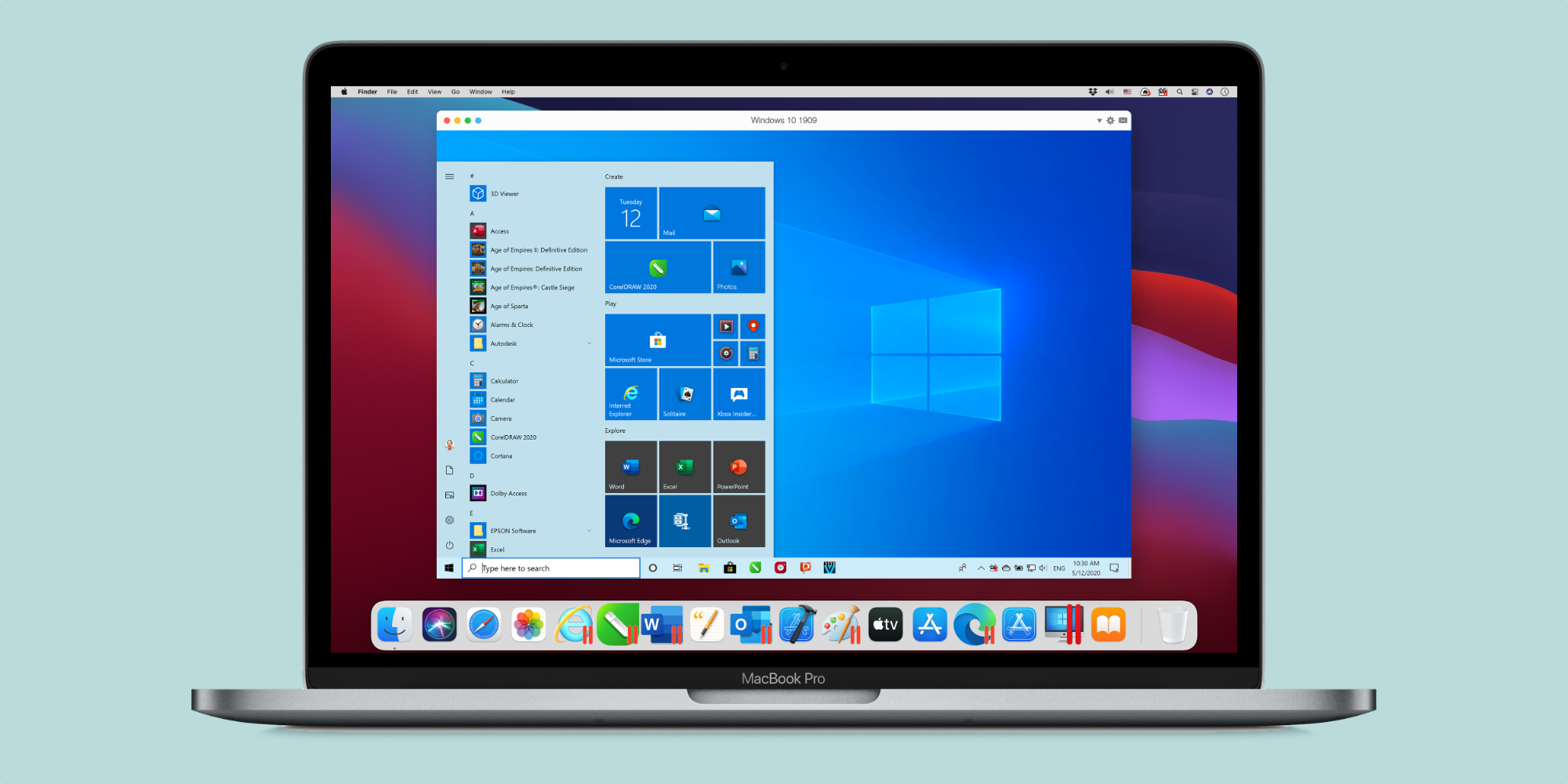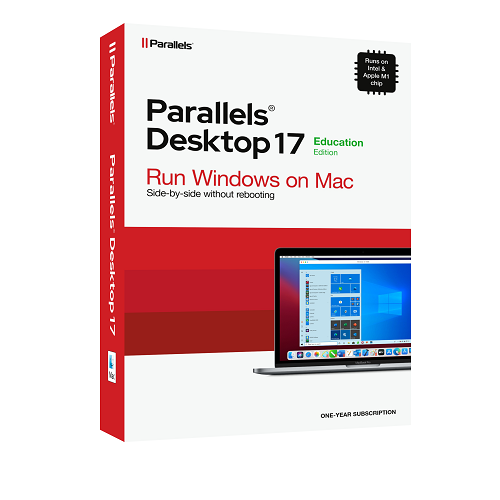

- #Parallels for mac version 9 mac os x
- #Parallels for mac version 9 install
- #Parallels for mac version 9 software
- #Parallels for mac version 9 windows 8.1
It is possible to try Windows 7 Look' a feature bringing the traditional Windows 7 Start Menu back into Windows 8.x. Remember your Mac will need plenty of RAM preferably 8GB or more to run these virtual machines at a decent speed.Īpple hasn't added touch-screens to Macs, so you won't be tapping away on the Start screen of your Windows 8.x virtual machines.
#Parallels for mac version 9 windows 8.1
So you can run a stable Windows 7 virtual machine for your main work applications and explore Windows 8.1 on another. You can have multiple virtual machines on your Mac too.

#Parallels for mac version 9 install
The process is quicker using Parallels Desktop to install it as a virtual machine.

Installing and uninstalling the Windows 8.1 Preview on a PC is a tedious affair. This advantage also applies to Chrome OS and Linux, which are supported by Parallels Desktop.
#Parallels for mac version 9 software
Running 8.1 as a virtual machine allows you to experiment with the preview software without affecting the host Mac. It's the best version of the software to-date, but few headline-grabbing features mean existing users don't need to rush out and update.ĭesktop 9 allows you to download the Windows 8.1 Preview from within the program and use this to create a virtual machine.
#Parallels for mac version 9 mac os x
The highlight is that using macosx-version-min alone can make the bug exploitable even on latest versions of Mac OS.Parallels Desktop is an invaluable tool for those who use a Mac at work, but who need to run legacy apps accessible only via Windows.ĭesktop 9 is the latest annual refresh packing support for Windows 8.1 and Mac OS X Mavericks as well as performance tweaks. However, High Sierra compatibility is questionable. This can be worked around by providing both the -fstack-check and -mmacosx-version-min flags together. Therefore, the recent compilers seem to drop the mitigation entirely when compiled with macosx-version-min for any version less than 10.15. Apple LLVM version 10.0.1 on Mojave), the stack clash mitigation is not enabled by default unless the -fstack-check flag is explicitly provided. It is noticed that, in older compilers (e.g. One can find many such issues in High Sierra (10.13.6). Saying that, Mojave (10.14.6) did not give any symbol errors when running executables with calls to _chkstk_darwin(). This is possibly due to an external dependency, as compiling in Apple Clang with the backward compatibility flags (macosx-version-min, target etc.) ended up removing the mitigation. Interestingly, GCC has inlined the stack probe check instead of depending on an external library function. The same behavior is also observed with -mmacosx-version-min=10.14 (Mojave). It is unclear if Parallels had _chkstk_darwin() explicitly disabled using -fno-stack-check, but setting -mmacosx-version-min=10.13 has the same effect and silently drops the mitigation.

If the size provided by the guest is more than the total size of the stack, it is possible to shift the Stack Pointer (RSP) into other regions of process memory (e.g., stack region of another thread). The STARLabs submission ( ZDI-21-937) for Pwn2Own 2021 is an uncontrolled memory allocation vulnerability where a guest provided size value is allocated in the stack. Void *TG_GetInlineBytes(TG_DataBuffer *buf) TG_DataBuffer *TG_GetBuffer(TG_ReqBuffer *buf, uint32_t index, uint32 writable) uint32_t TG_ReadBuffer(TG_DataBuffer *buf, uint64_t offset, void *dst, size_t size) uint32_t TG_WriteBuffer(TG_DataBuffer *buf, uint64_t offset, void *src, size_t size) These data buffers are accessed using a set of functions as roughly defined below: Request handlers may use inline bytes or paged buffers or both, for reading and writing data. The host then maps the page pointed to by the physical address, prepares a host buffer based on the information provided by the guest and then invokes the request handler.


 0 kommentar(er)
0 kommentar(er)
